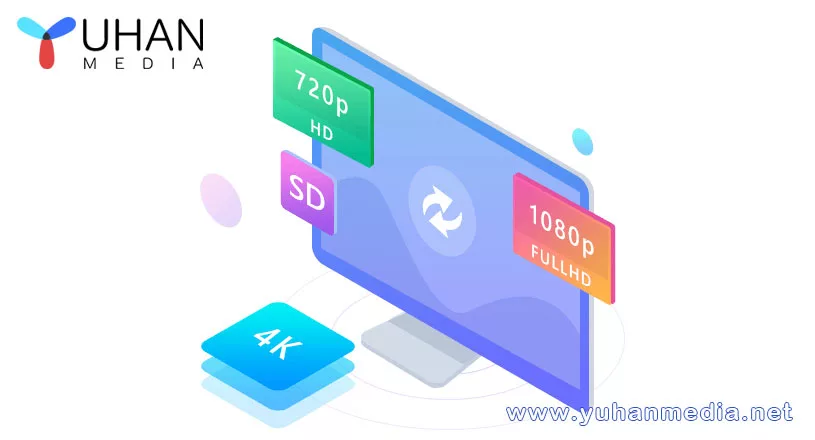Yuhan UHD Creator
Very easy to author UHD with any popular video format and popular picture format,It not only supports 10bit HEVC encoding, but also supports HDR10 encoding. It can support Dolby Vison through Passthrough mode, support hardware acceleration, support 10 preset menus and Customize menu.


Leave A Comment
You must be <a href="https://www.yuhanmedia.net/security365/?redirect_to=https%3A%2F%2Fwww.yuhanmedia.net%2Fdolby-vision-and-hdr10%2F">logged in</a> to post a comment.